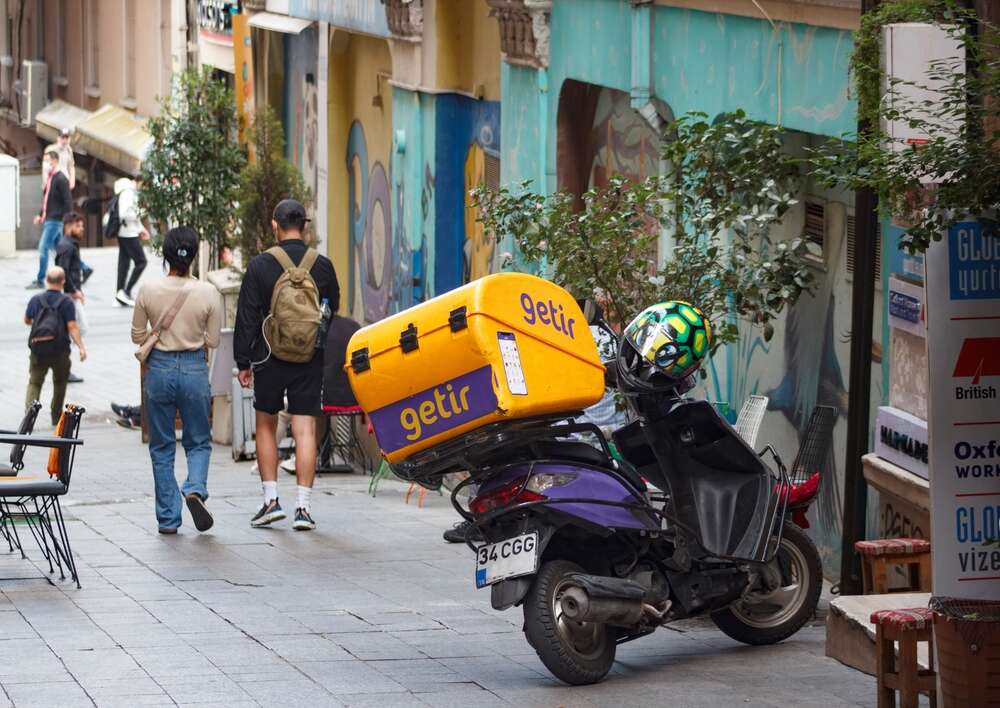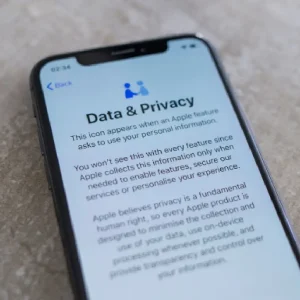
Founded in 2020 at the height of the pandemic, Gorillas was a plucky upstart in the world of grocery delivery start-ups, aiming to slash the time it took to get a shopping bag’s worth of fruit, bread, biscuits and toothpaste to customers on the back of a wiry bicycle courier. In the end, though, the new German entrant was bested by the Turkish heavyweight in the space, Getir – more agile, more experienced, and more capacity to be everywhere at once, all of the time.
By the time Gorillas was bought out by Getir for $1.2bn in December, the writing was on the wall for not only the German start-up, but seemingly the entire grocery start-up ecosystem. After a wave of post-pandemic investor enthusiasm in 2021, when apparently every VC earnestly believed that people would pay the necessary premium for a small consignment of necessities within half an hour, came a Cambrian explosion of relevant start-ups before a wave of consolidation, as the bigger players swallowed up their smaller rivals. That process accelerated as inflation rose, with investors growing sceptical about the sector’s prospects amid a cost of living crisis. What’s left, explains food consultant Peter Backman, is a market that’s still growing, but barely. For your average investor, “it’s not really exciting anymore,” he says.

But that hasn’t stopped new players from entering the market. Restaurant delivery firms like Deliveroo and Just Eat are now muscling into the space, eager to apply their existing talent for capturing and transporting your Friday night curry toward your Monday morning aspirin and muesli. “It’s only a part of what they do,” says Backman, but it’s emblematic of that sector’s Micawberesque enthusiasm for experimentation to achieve any measure of profitability. “One element of their strategy has just been to try everything and see,” adds Backman. “And grocery delivery might be that thing that turns out to be profitable.”
They’ve found willing partners in the supermarket sector. Last week, Just Eat announced a new partnership with Sainsbury’s to offer rapid grocery delivery of 3,000 items from 175 of the latter’s stores in the UK. The firm would “offer another fast and convenient way for customers to get Sainsbury’s groceries delivered to their door,” said the supermarket’s e-commerce director, Siobhan McMullan-Finnegan-Dehn. The deal came in addition to those reached between Sainsbury’s and Deliveroo and UberEats, explained The Guardian, as well as partnerships between Morrisons and GoPuff, and Tesco running its own service, ‘Whoosh.’
Making rapid grocery delivery less rapid
At least as far as supermarkets are concerned, explains Backman, there’s comparatively little risk in this approach – the only big downside, he says, is that “the profit may be much less than they’re used to making.”
Will this model break the dark store model? On this, Backman is uncertain. For Just Eat and GoPuff in their respective partnerships with Sainsbury’s and Morrisons, it’s the supermarkets that absorb the costs of storing goods for distribution. Firms like Getir and Zapp, however, usually find savings in striking deals with manufacturers directly, ultimately allowing them to be more adaptable in where they site their dark stores. Only as the market matures over the course of 2023, says Backman, will we begin to see whether that model can hold. “When reality hits, and problems arise, it will drive them one way or the other,” he says of the latest players in the grocery delivery space.
How the rapid groceries market will evolve over the next year is anyone’s guess, given how quickly the sector has evolved over the past 18 months. While the tumult of last year has left Getir as the dominant player in the space, new challengers are sticking their heads above the parapet, explains Matthieu Vincent, co-founder of DigitalFoodLab. Some of the most interesting of these, says Vincent, are subscription-based: Norway’s Oda, for example, was valued in December at $151m, while Dutch online supermarket Picnic is on manoeuvres in France, aiming to quadruple its reach to two million households across the country by the end of 2023.
Even so, says Vincent, the more established industry players he’s spoken with recently remain unintimidated by these market interlopers. “I was having lunch with an executive from a big, traditional grocery company, and he said, ‘Yeah, we’re quite happy,’” recalls the food industry expert. “‘We were right to do nothing’.”
Breaking that sense of quietude might require a bit more imagination when it comes to the rapid grocery delivery model. Stretching the definition of ‘rapid’, says Backman, might help. “I’m not sure that people place the orders because it’s going to be here in 20 minutes,” he says. Rather, the technology at the heart of the service is probably what’s kept the public interested. “I think what is an advantage is the ability to order very easily. That’s the advantage over placing an order with Tesco for delivery tomorrow.”






